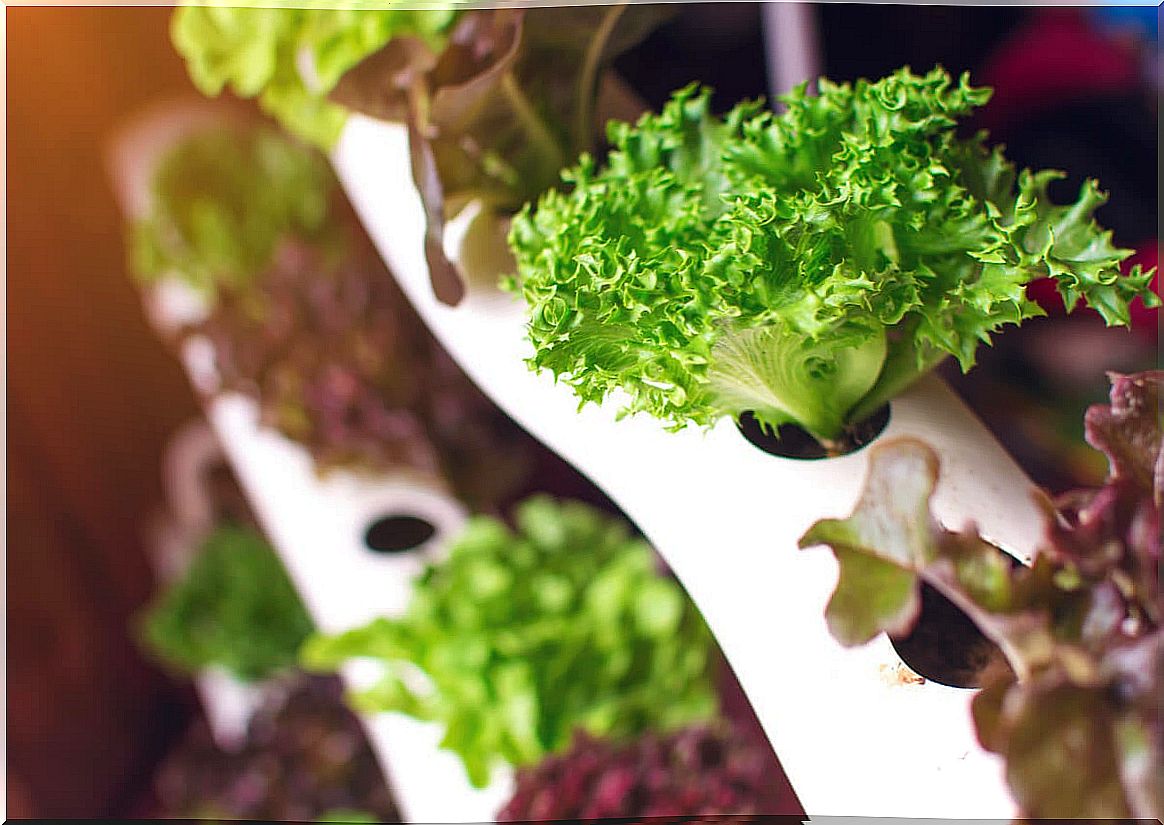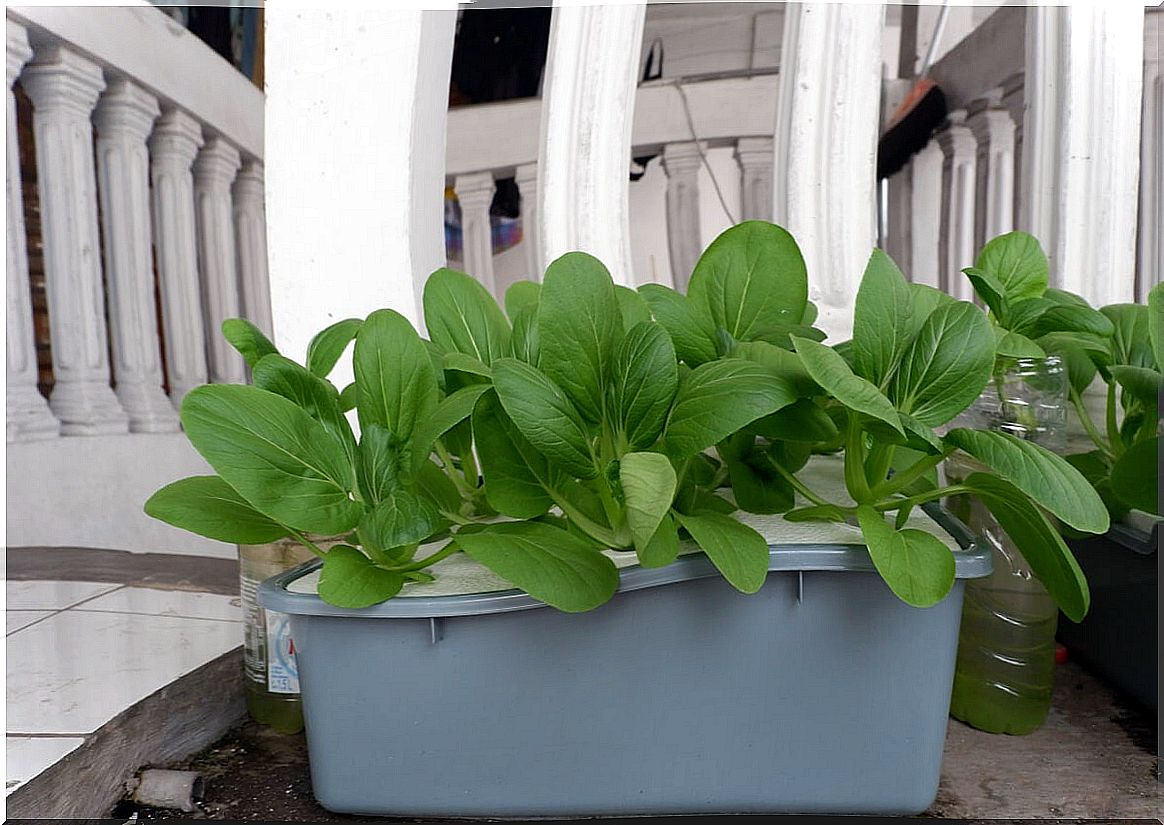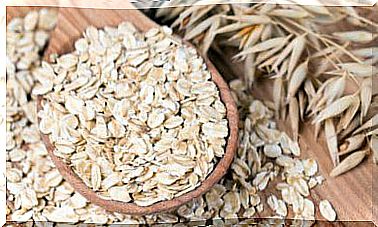How To Have A Hydroponic Culture At Home?
Growing at home is a trend that more and more people adopt every day. It allows them to have food availability and control the processes to obtain more organic products. If you are also interested in it, in this article we explain how to grow hydroponics at home.
The term ‘hydroponics’ has its origin in the Greek hydros (means ‘water’) and ponos (means ‘work’). I mean, I work in the water. It is a type of soilless agriculture whose raw material is water and the nutrients it contains.
What are the benefits of hydroponics?
One of the main advantages of hydroponics is that they can be adapted to almost any space and climate. For this reason, they do not depend on weather conditions, they can present several crops a year and achieve faster growth processes. They make it possible to improve family nutrition with a reduction in costs.
In addition, a hydroponic grow at home is very easy to build and does not require a lot of engineering or agricultural knowledge. Likewise, due to its ease of use, children, the elderly and people with disabilities can participate.
An article from the Massachusetts Institute of Technology (MIT) points out that these types of crops allow to optimize and reduce water consumption, do not require pesticides and are adapted to vertical agriculture.

How to have a hydroponic system at home?
If you are determined to grow your food and hydroponics seems the best option, you will need several elements to carry out the assembly. In general, they are easy to get.
However, there are various types of structures to have a hydroponic culture at home with levels of difficulty that range from simple to complex. It is even possible to buy systems for hydroponic crops in home stores.
Regardless of the system used, it is essential that it be located in a place where it can receive sunlight for at least 6 hours a day. Likewise, it must be protected from possible damage caused by winds, heavy rain or domestic animals.
Next we will share with you a simple way to make your own cultivation; great for beginners.
Materials
- Large opaque container. It should be dark for the roots to develop properly.
- Wooden top or table. The same size of the container.
- Oxygenation pump, such as those used for aquariums.
- Vegetable sprouts.
- Solution with nutrients. You can get it in agronomy and cultivation stores or online.
- Plastic lid.
- Substrate for hydroponics. There are different types, such as coconut fiber, clay, rock wool or perlite stones.
Steps
- You should make a hole in the container that fits the size of the cap you have selected. This hole will help you drain the water and change it.
- Take the wooden board or the lid of the container and make holes with a distance of approximately 10 to 20 centimeters between them, depending on the expected growth of the vegetable you want to plant.
- Secure the plants with the substrate by the stem to give them stability and allow them to absorb nutrients well. Allow the roots to be long.
- Insert the roots being careful not to damage them between the holes in the table or lid of the container.
- Oxygenate the water 2 times a day with the aquarium pump.
What plants are suitable for hydroponic cultivation at home?
In a hydroponic culture you can grow a wide variety of vegetables. According to the “Hydroponics Manual” , edited by the National Autonomous University of Mexico, vegetables can be classified into 6 different groups:
- Root, such as cassava, carrot, radish or beet.
- Stemmed, like potatoes, asparagus or kohlrabi.
- Leafy, such as garlic, onion, spinach, chard, parsley, coriander, cabbage, lettuce, or celery.
- Immature and ripe flowers, such as cauliflower or broccoli.
- Fruit, such as cucumber, melon, watermelon, chili, eggplant or tomato.
However, there are some vegetables that are easier to grow in home hydroponics. Among them are green leafy vegetables like lettuce and spinach.
Also, aromatics and medicinal herbs such as lemon balm, peppermint, chamomile, spearmint, thyme, and fennel are simple and beneficial to grow.
Recommendations to keep the crop healthy

To maintain a healthy hydroponic crop, it is essential to provide the plants with the mineral nutrients necessary for their development. The book “Cultivation in hydroponics” from the National University of La Plata points out that there are 2 types of nutrients for plants: macronutrients and micronutrients.
Macronutrients are essential for cell metabolism and are constantly required by the plant to develop. They are made up of carbon, nitrogen, phosphorus, potassium, calcium, magnesium, sulfur, hydrogen and oxygen (the last two provided by water).
For their part, the micronutrients are iron, manganese, copper, zinc, boron, molybdenum, chlorine and nickel. They are required in smaller quantities.
In order for the crops to remain healthy, it is necessary to buy a solution that contains the essential macronutrients and to follow the instructions for use to the letter. In addition, it is essential to change the water every 15 days and pay attention to any signs of the appearance of insects or larvae that may spoil the crop.
A hydroponic culture at home is possible
After knowing the benefits and the technique to do a hydroponic cultivation at home, it only remains to bear in mind that, as in any traditional garden or cultivation, plants need basic care.
It is essential not to let the water run out or have a bad smell. In addition, the excess of sun that can burn the leaves or the deficiency that would limit growth must be controlled.









